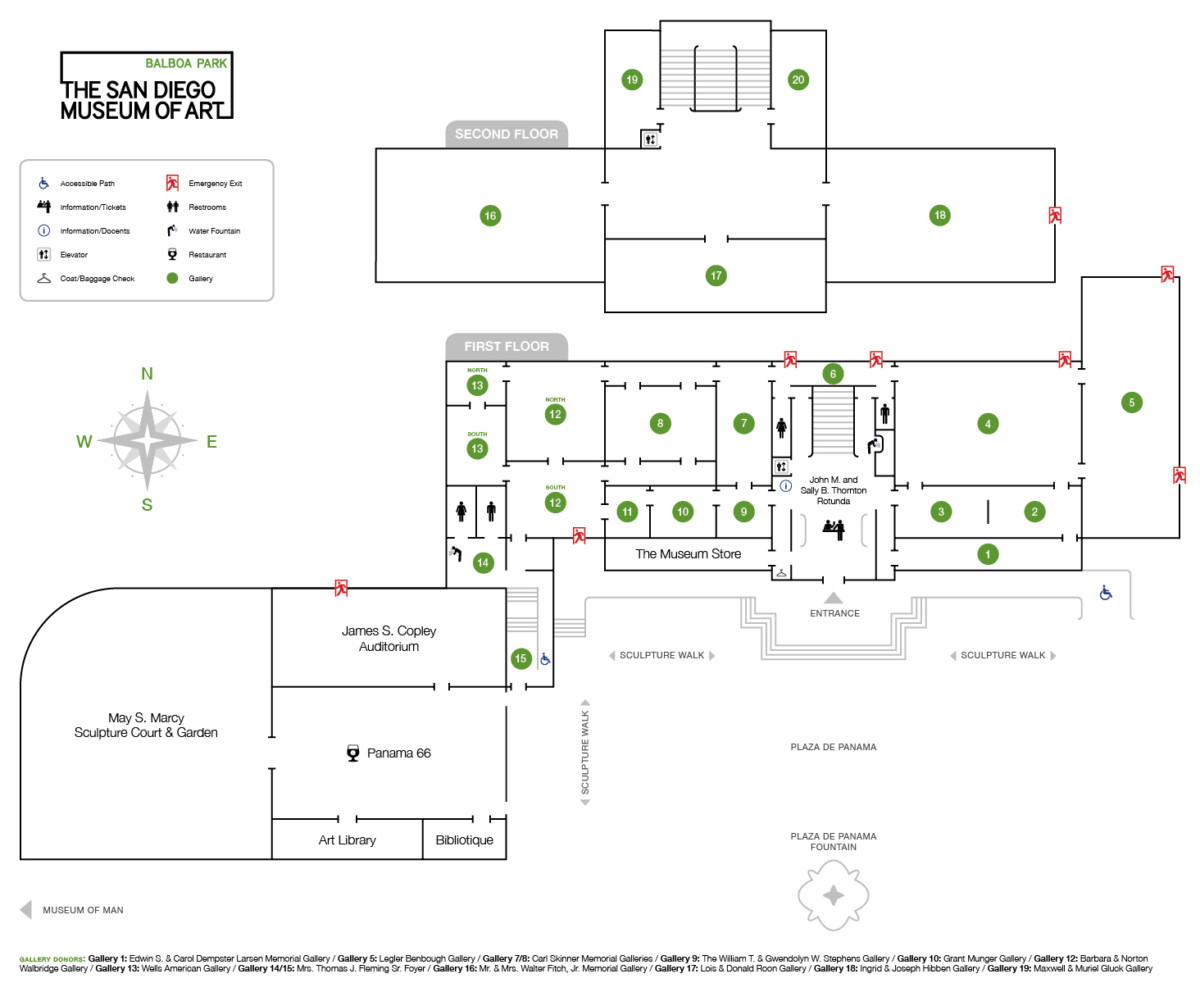Photography was introduced to India in the mid-nineteenth century, with the arrival of the British. Many early photographers were assigned by the British government to document Indian architecture, landscape, religions, and society. Their images, with a romantic and Eurocentric view, provided both their contemporaries and today’s spectators a sense of exoticism and distant memory, and at the same time a sense of visual wonder at the monuments and history of the Indian subcontinent.
The prolific Samuel Bourne (1834–1912), one of the finest artistic photographers of the time, in 1863 joined a partnership in a highly successful commercial studio in India and produced exquisite scenic landscapes. Captain Edmund David Lyon (1825–1891) , a former military officer, worked in Indian as a professional photographer from 1865 to 1869 and was commissioned by the government to photograph antiquities. Lala Deen Dayal (1844–1910), born in Sardhana in the northern Indian state of Uttar Pradesh, was widely respected and served as photographer to both Indian and English royalty. His work for the Nizam (monarch) of Hyderabad earned him the honorific title of Raja.
The exhibition showcases the collection of Dr. Catherine Glynn Benkaim and Barbara Timmer.
Photography of British India 1840s-1910s is generously funded by India Tourism Office (Los Angeles), Government of India.


